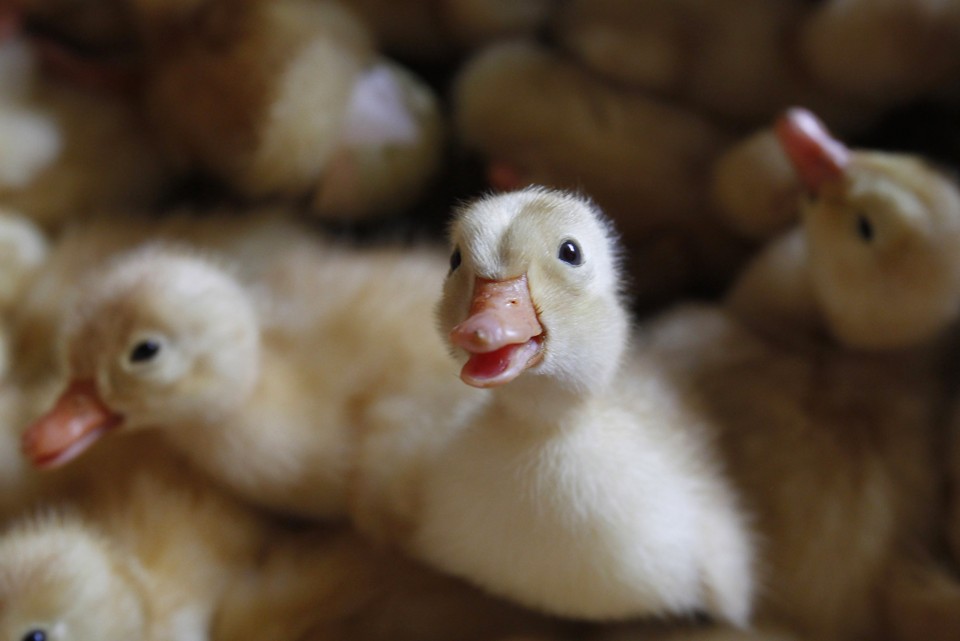Ducklings might know the difference between the abstract concepts “same” and “different,” according to a study published on Friday by the University of Oxford. This is the first time that researchers observe such behavior in a non-human organism that has not been trained.
Researchers have an analyzed the process of imprinting in ducklings, which occurs when the newborns acquire behaviors from their parents. These aquatic birds can identify their mothers and follow her, just after 15 minutes of hatching. Imprinting, which is a phase of learning, also help ducklings to identify moving objects.

Researchers wanted to understand if the little birds could recognize their mother due to visual memory or if they used a more elaborated cognitive feature to process information.
Ducklings appear capable of abstract thinking, like distinguishing patterns of shapes and colors pic.twitter.com/DQa6BaGHzR
— Scientific American (@sciam) July 14, 2016
Study details and other theories
A team led by Professor Alex Kacelnik of Oxford University’s Department of Zoology gave the ducklings a pair of moving objects which could be similar or different to each other. The birds proceeded to imprint on them and were later exposed to various sets of objects.
The second group of objects had completely different shapes, but pairs were still composed of shapes that could be equal or different to each other. For instance, during the first phase of the experiment, the ducklings could have observed a pair of spheres (same) and a pair composed by a pyramid and a cylinder (different).

During the second phase of the experiment, the little birds could have observed a pair of cubes (same) and a pair composed by a prism and a cone (different). Then, 75 percent of all studied ducklings started to follow objects based on what they had learned in imprinting.
Researchers tried the experiment with different colors and shapes. They obtained similar results: during the second phase, ducklings decided to follow a pair of objects which contained the same abstract characteristics “same or different” than the objects they observed during the first phase.
Professor Kacelnik said this could be the first investigation to demonstrate that non-human organisms can learn to differentiate between abstract concepts without being extensively trained. Detailed results of the study were published on June 15, 2016, in the Journal Science.
Animals such as parrots, crows and apes can show very similar behaviors, but only after they have been rewarded for repeating an action, said Oxford University in a press release issued on Friday. By contrast, ducklings could learn the differences between abstract objects “spontaneously.” Antone Martinho, the study’s first author and doctoral student in Oxford, said that imprinting abilities in ducklings could have a biological explanation. He said these birds are continuously changing their shape because they can fly, walk or swim.
“While it seems surprising at first that these one-day-old ducklings can learn something that normally only very intelligent species can do, it also makes biological sense. When a duckling is young, it needs to be able to stay near its mother for protection, and an error in identifying her could be fatal,” said Martinho.
Ducklings accelerate from 0-100 km/h in 0.01 second and can make a 180 deg turn, without notice. Roeselien Raimond pic.twitter.com/fkBNsO45sN
— John Evans (@Distinctboxes) July 15, 2016
Source: University of Oxford Press Release
